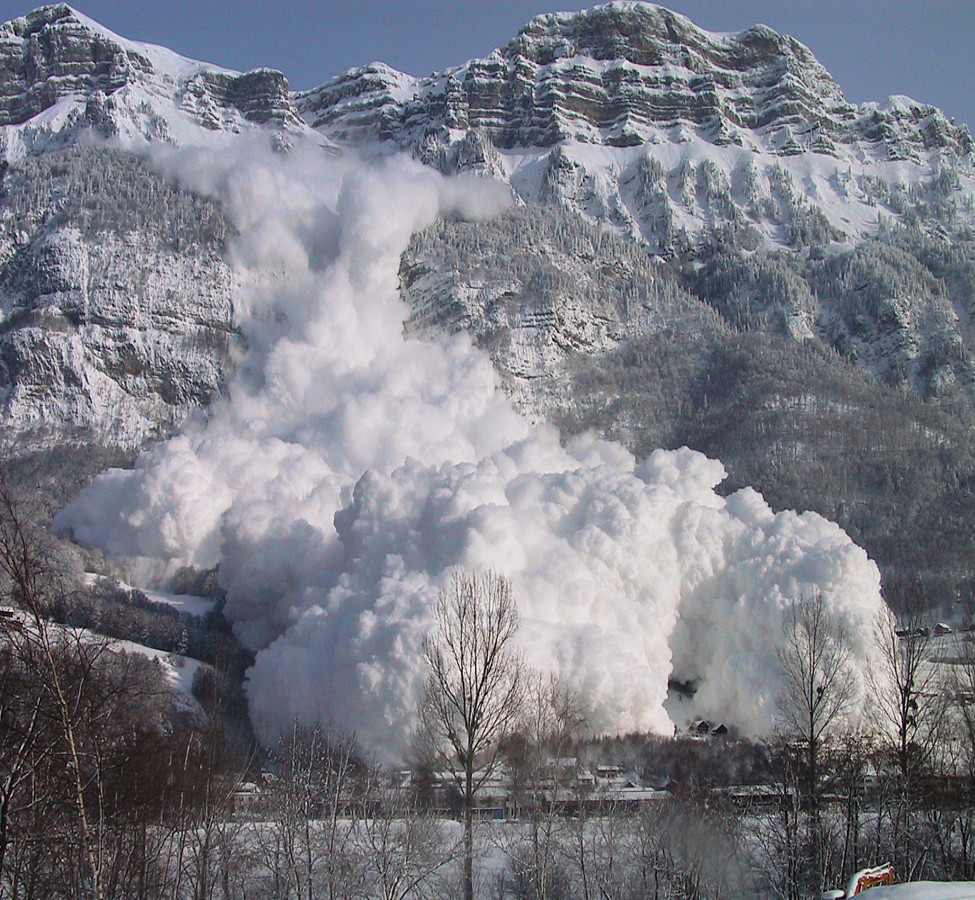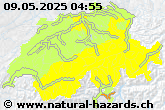Atmospheric circulation
Due to the rotation of the earth and angle of the rotation axis, the earth’s atmosphere displays characteristic large-scale circulation patterns which drive and control both the long-term weather of the seasons and short-term weather events.
Through changes in the incoming radiation energy volume, excess heat arises in the vicinity of the equator while the sun only heats the earth very weakly around the poles. This imbalance is strongly balanced by strong meridional airflow and ocean currents (north-south currents). To put it simply, heat is transported from tropical and subtropical regions in the direction of the poles.
The polar front is located on the boundary between cold polar air and warm subtropical air. This boundary between hot and cold air masses is located in the west wind zone which influences weather conditions in Switzerland. In autumn, the polar front moves from the north to the south via Switzerland; this process is repeated in spring in the opposite direction. This shift is often accompanied by the passage of strong low pressure regions which can form well on this air mass boundary and give rise to stormy winds.



